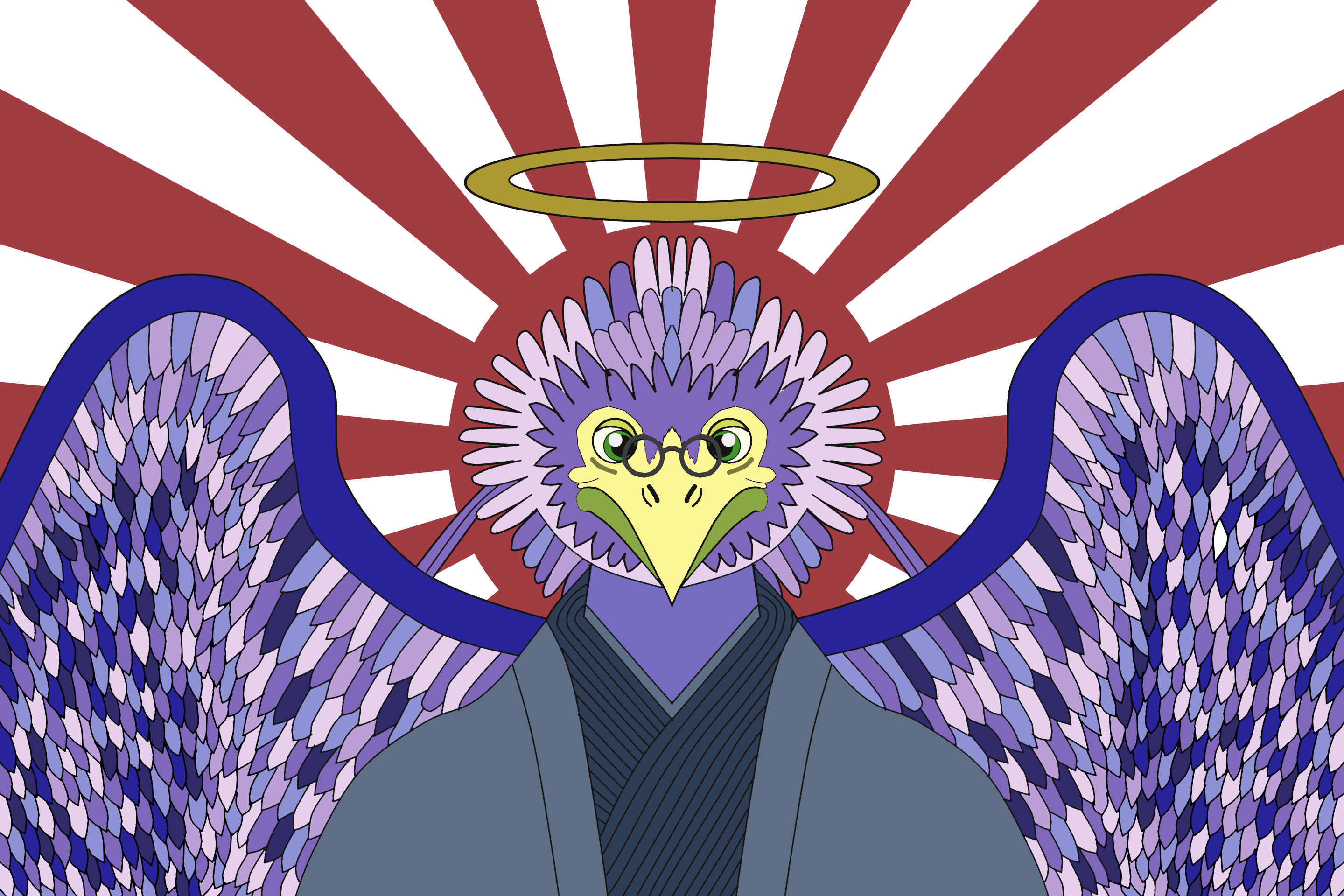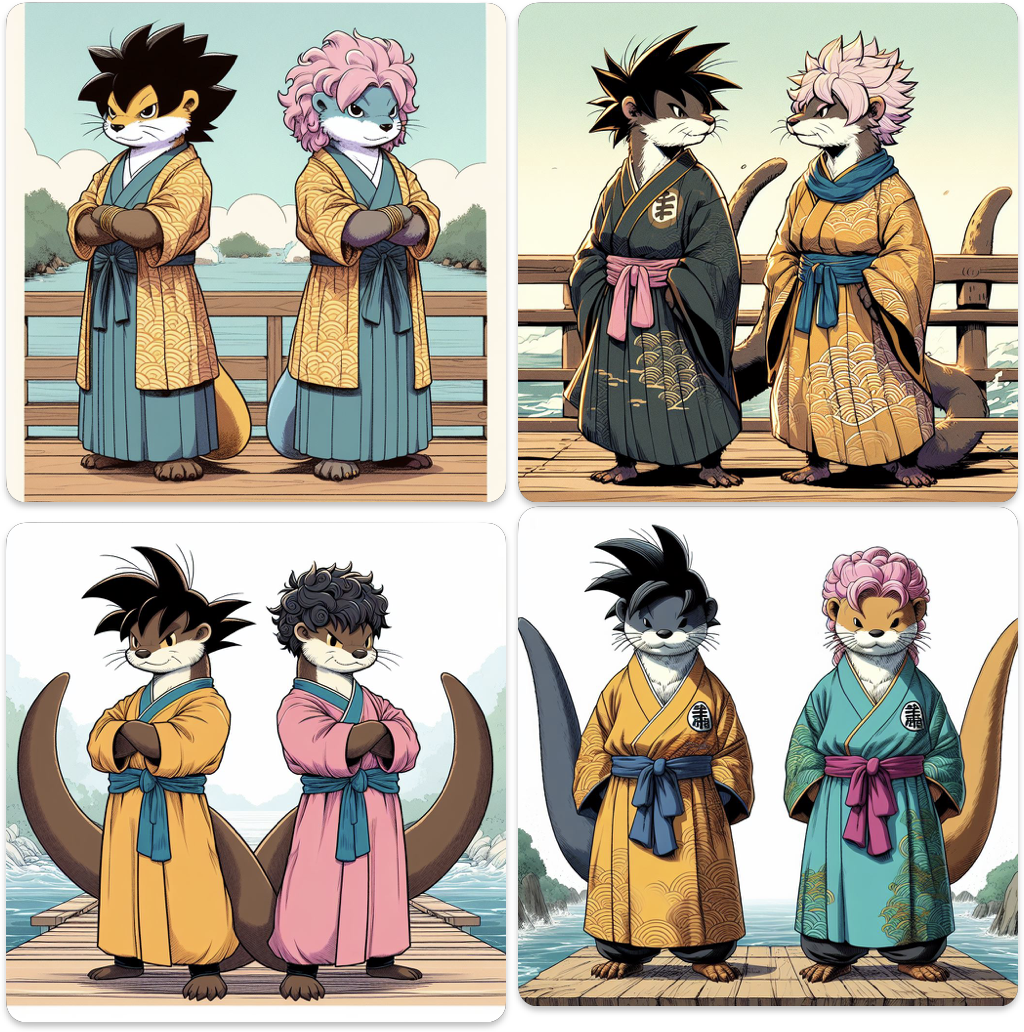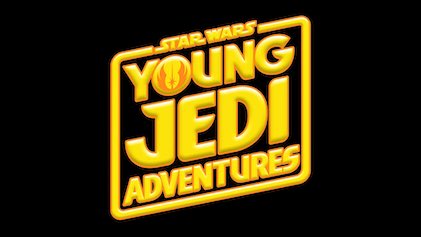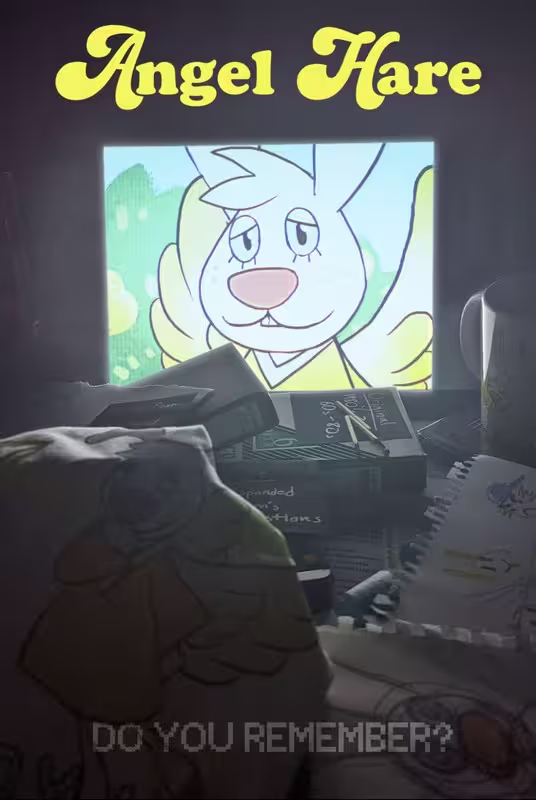Avatar: The Last Airbender (live-action)

I watched the Nickelodeon television channel religiously when I was growing up but eventually outgrew it and moved on to other things as I transitioned into adulthood and started college. As such, I was in the dark about the network’s new programming throughout the first decade after the turn of the millennium, but I eventually heard of Avatar: The Last Airbender as one of their more contemporary cartoons a few years after it premiered on the channel and concluded after three seasons. It wouldn’t be until well into the following decade that I watched the animated series proper.
My first exposure to the Nickelodeon franchise was its first live-action adaptation, The Last Airbender, directed by M. Night Shyamalan, previously affiliated with many a supernatural film with surprise twists. I thought it was a decent film, albeit certainly not perfect, even though critics and audiences widely deemed it a cinematic turkey, not solely the fault of Shyamalan, who genuinely liked the cartoon series and wanted to make several films out of the first season, before executive meddling watered down the final product and crammed everything into a single two-hour movie.
Like Disney had been doing the previous decades with their animated film classics, Netflix announced a live-action streaming series adaptation, in the producers’ words, “reimagining.” However, the first season largely follows that of the original series to the letter, albeit with some expansion, focusing on the background before the titular last airbender, Avatar Aang, awakens after a century of frozen slumber. Afterward, he joins others as he attempts to master the four elements while waging war against the adversarial Fire Nation, whose exiled Prince Zuko is especially interested in apprehending Aang.
While I enjoyed the original Nickelodeon cartoon and its respective sequel series, I had a fun time watching the live-action reimagining, which retains the aesthetics of the original and has fitting cast choices, none mercifully nepotistic like in the 2010 film, and stands well on its own. The backstory and mythos are intricate, and there’s plenty of action to keep one from boredom. It’s easily preferable to the live-action adaptation from the last decade, does the animated series justice, and is worth a watch. I will continue to watch it as future seasons are released.









